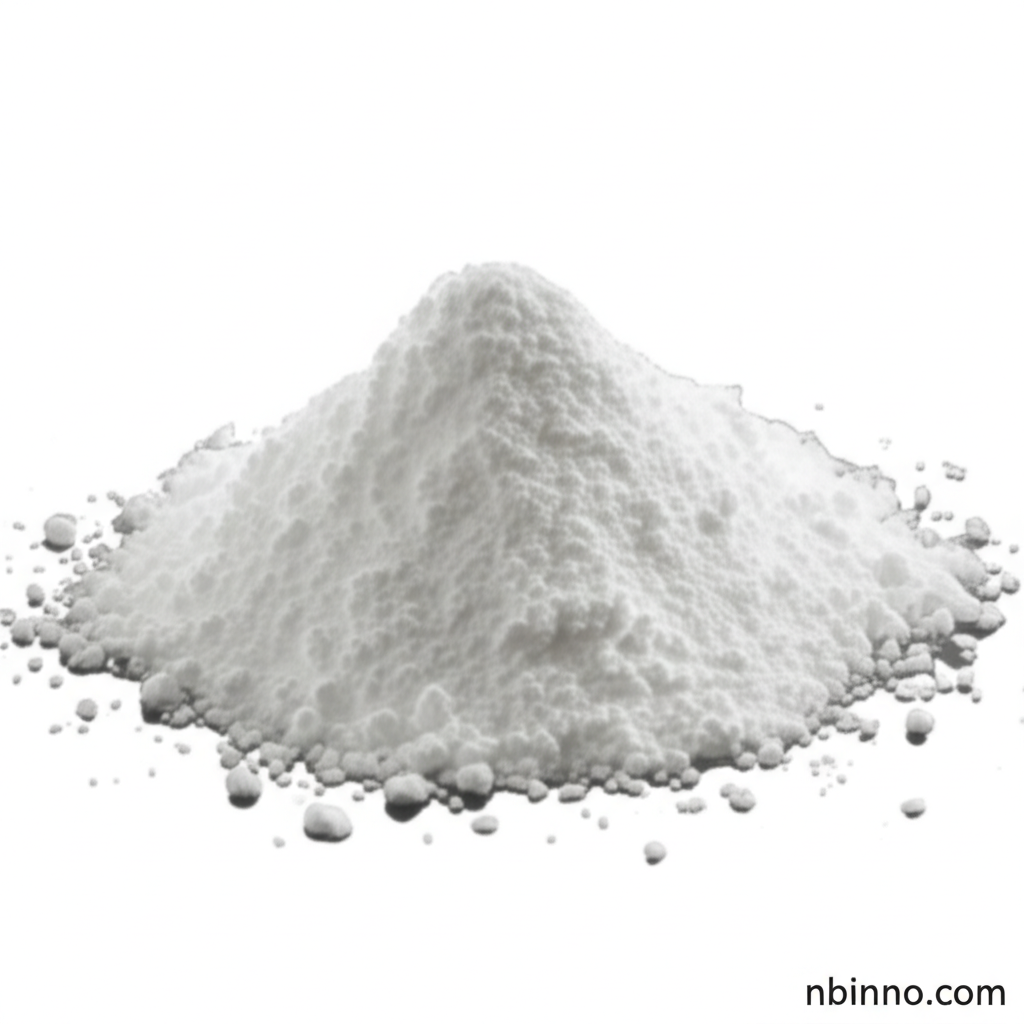Taurolidine (CAS 19388-87-5): A Versatile Chemical Agent
Discover the comprehensive properties, applications, and supplier landscape for Taurolidine (CAS 19388-87-5), a key compound in biochemical research and therapeutic development. Learn why it's a crucial element for your scientific endeavors.
Get a Quote & SampleProduct Core Value

Taurolidine
As a leading supplier in China, we provide high-quality Taurolidine (CAS 19388-87-5), a synthetic taurine analog recognized for its significant antimicrobial and anti-neoplastic actions. Its unique chemical structure allows it to mimic mannose, effectively binding to bacterial cell walls and inhibiting adherence. This makes it a valuable tool for combating various bacterial and fungal infections.
- Explore the critical role of Taurolidine in combating bacterial infections with its broad-spectrum antimicrobial action.
- Understand how Taurolidine induces apoptosis and necrosis in cancer cells, a key aspect of its anti-neoplastic effects.
- Leverage Taurolidine's ability to modulate immunoregulatory systems for advanced therapeutic strategies.
- Inquire about purchasing Taurolidine online to support your research and development needs.
Advantages Offered by Taurolidine
Broad-Spectrum Antimicrobial Efficacy
Taurolidine demonstrates significant effectiveness against a wide range of bacteria and fungi, making it an essential compound for research into infectious diseases and antimicrobial therapies.
Anti-Neoplastic Properties
Its ability to induce programmed cell death in cancer cells positions Taurolidine as a promising agent for anti-cancer drug development, contributing to our understanding of Buy Taurolidine online.
Mechanism of Action
Taurolidine's unique mannose-mimicking capability aids in understanding bacterial adhesion, crucial for developing new strategies to fight biofilms.
Key Applications
Biochemical Research
Utilize Taurolidine (CAS 19388-87-5) in studies exploring its interactions with cellular signaling pathways and its role in modulating immune responses, essential for advancing medical science.
Antimicrobial Development
Investigate the Taurolidine chemical properties and its effectiveness as a potential therapeutic agent against resistant bacterial and fungal strains.
Oncology Research
Explore the anti-neoplastic effects of Taurolidine, including its induction of apoptosis and necrosis in various cancer cell lines, contributing to new cancer treatment strategies.
Pharmaceutical Synthesis
As a key intermediate, Taurolidine is vital for the synthesis of novel pharmaceutical compounds, supporting the development of new drugs.
